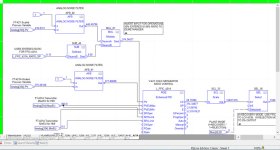OkiePC
Lifetime Supporting Member
You can, but not necessary. It will just update every scan.
Just adjust the filter constant to get your desired results.
I usually use a bit from the free running clock and a 1-Shot preceding the math so that I am sure to have a regular controlled filter when doing this in a Micrologix. This is especially important if I have things going on that might make the scan time irregular.





